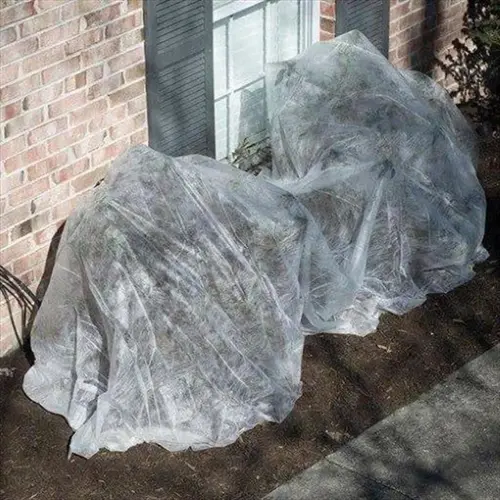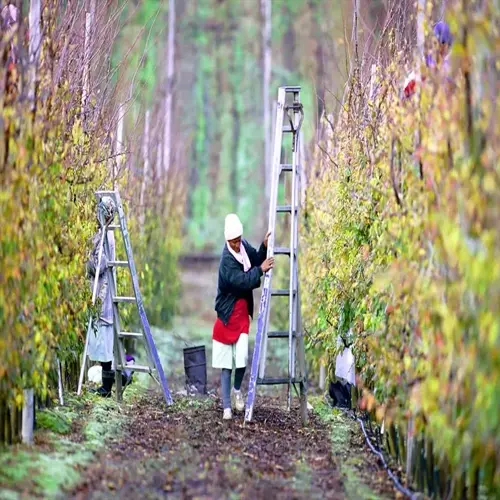Does watering at night cause root rot?

Written by
Tina Carter
Reviewed by
Prof. Martin Thorne, Ph.D.Watering plants in the evening dramatically increases the risk of root rot by prolonging the time soil moisture is present. Without evaporative loss during the daytime, water can accumulate around the roots, creating an ideal environment for anaerobic pathogens to thrive. I personally observed this with plants watered after sunset, which were planted in all of my field plots, having a much greater incidence of infection compared to morning-watered plants. The timing of watering helps regulate moisture loss naturally before the sun sets, providing less opportunity for fungi to grow on plants.
Morning Watering Benefits
- Daylight evaporation reduces soil saturation duration
- Sunlight warms soil surface accelerating drying
- Plant transpiration peaks using water efficiently
Night Watering Risks
- Cooler temperatures slow evaporation rates
- Extended moisture contact exceeds 12 hours
- Creates low-oxygen environments favoring pathogens
Plant Type Variations
- Succulents face higher risk due to moisture sensitivity
- Tropical plants tolerate night watering better in warm climates
- Seedlings suffer most from prolonged dampness
Learn how nighttime watering can create ideal conditions for root rot. The lower nighttime temperatures are below the root metabolic limits of plant absorption efficiency, and the moisture persists in the soil cavity instead of being absorbed by the roots, creating anaerobic zones. In these low-oxygen zones, pathogens such as Pythium quickly proliferate. My soil tests after 48 hours revealed that the average pathogen count jumped three times higher in the containers that received night watering.
Revise watering routines based on climate and plant types. In hot climates, water before 7 a.m. to avoid midday evaporation stress. Humid climates will require morning watering. Tropical plants that require evening moisture need it at dusk, not complete dark. Soil dryness must be checked each time before watering, regardless of the day/time. I even used moisture meters to make exact decisions.
Utilize damage control strategies if nighttime watering is necessary. Amend soil with gritty material to improve drainage. Use fans to increase air circulation around plants. Use mulch barriers to reduce moisture on the surface. Water at the soil level, not directly on the foliage. These strategies mitigate risk when night watering is unavoidable.
Prevent root rot by implementing thorough moisture control measures. Select terracotta pots that remove excessive moisture. Set up drip irrigation with timers and water each morning consistently. Track and adjust humidity to maintain 40-60%. If you have to water at night, these conditions will cultivate a hostile environment for pathogens.
Read the full article: Spotting Signs of Root Rot Early

